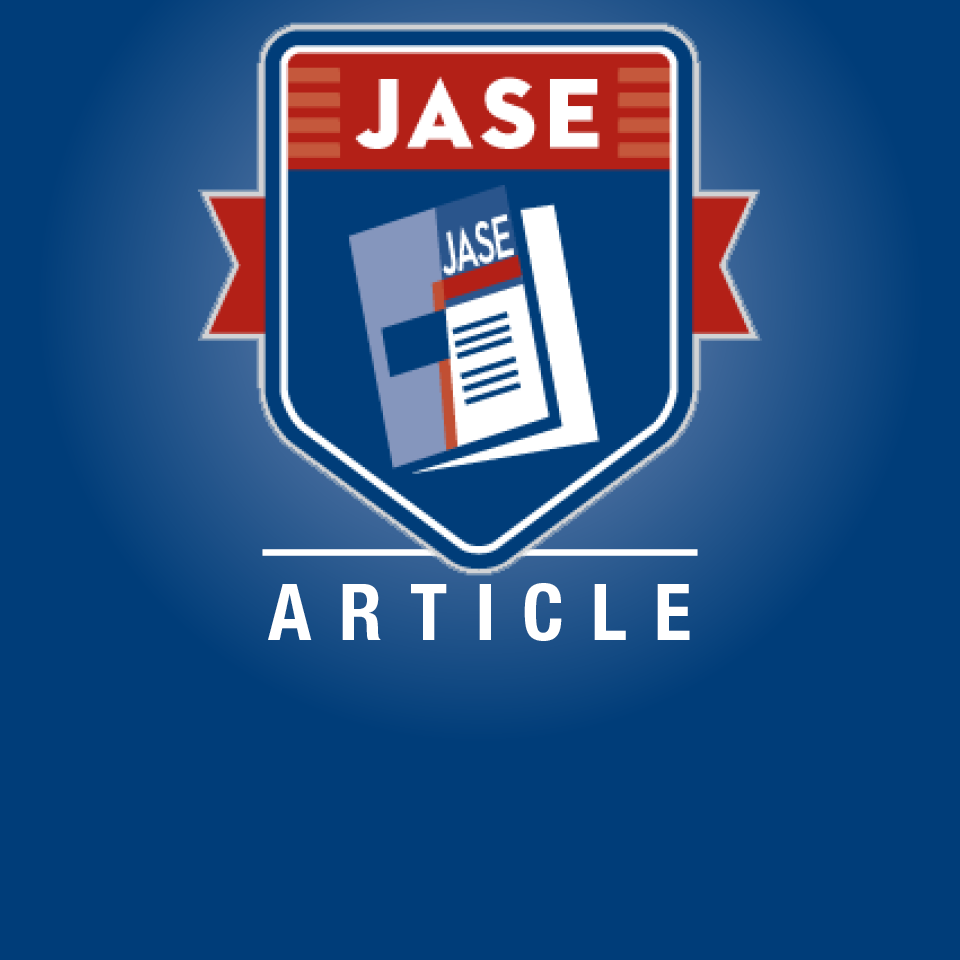Loading Shopping Cart Items...
Catalog

James W. Lloyd, MD, Nandan S. Anavekar , MBBCh, Jae K. Oh, MD, and William R. Miranda, MD
In the evaluation of heart failure, 2 differential diagnostic considerations include constrictive pericarditis and restrictive cardiomyopathy. The often outwardly similar clinical presentation of these 2 pathologic entities routinely renders their clinical distinction difficult. Consequently, initial assessment requires a keen under- standing of their separate pathophysiology, epidemiology, and hemodynamic effects. Following a detailed clinical evaluation, further assessment initially rests on comprehensive echocardiographic investigation, including detailed Doppler evaluation. With the combination of mitral inflow characterization, tissue Doppler assessment, and hepatic vein interrogation, initial differentiation of constrictive pericarditis and restrictive cardiomyopathy is often possible with high sensitivity and specificity. In conjunction with a compatible clinical presentation, successful differentiation enables both an accurate diagnosis and subsequent targeted management. In certain cases, however, the diagnosis remains unclear despite echocardiographic assess-ment, and additional evaluation is required. With advances in noninvasive tools, such evaluation can often continue in a stepwise, algorithmic fashion noninvasively, including both cross-sectional and nuclear imaging. Should this additional evaluation itself prove insufficient, invasive assessment with appropriate expertise may ultimately be necessary.
Accreditation Statement:
The American Society of Echocardiography is accredited by the Accreditation Council for Continuing Medical Education (ACCME) to provide continuing medical education for physicians.
The American Society of Echocardiography designates this activity for a maximum of 1.0 AMA PRA Category 1 Credit(s)™. Physicians should claim only the credit commensurate with the extent of their participation in the activity.
Successful completion of this CME activity, which includes participation in the evaluation component, enables the participant to earn MOC points in the American Board of Internal Medicine’s (ABIM) Maintenance of Certification (MOC) program, the American Board of Pediatrics (ABP) MOC program, and/or the American Board of Anesthesiology’s (ABA) Maintenance of Certification in Anesthesiology Program® or MOCA 2.0®. It is ASE’s responsibility to submit participant completion information to ACCME for the purpose of granting ABIM and ABP MOC points and/or ABA MOCA 2.0®. Physicians will earn MOC and/or MOCA 2.0 points equivalent to the amount of CME credits claimed for the activity.
ARDMS and CCI recognize ASE’s certificates and have agreed to honor the CME credit hours toward their registry requirements for sonographers.
Release Date: December 4, 2023
Expiration Date December 4, 2024 - CME/MOC must be claimed by this date.
About this item
Multimodality Imaging in Differentiating Constrictive Pericarditis from Restrictive Cardiomyopathy: A Comprehensive Overview for Clinicians
James W. Lloyd, MD, Nandan S. Anavekar , MBBCh, Jae K. Oh, MD, and William R. Miranda, MD
In the evaluation of heart failure, 2 differential diagnostic considerations include constrictive pericarditis and restrictive cardiomyopathy. The often outwardly similar clinical presentation of these 2 pathologic entities routinely renders their clinical distinction difficult. Consequently, initial assessment requires a keen under- standing of their separate pathophysiology, epidemiology, and hemodynamic effects. Following a detailed clinical evaluation, further assessment initially rests on comprehensive echocardiographic investigation, including detailed Doppler evaluation. With the combination of mitral inflow characterization, tissue Doppler assessment, and hepatic vein interrogation, initial differentiation of constrictive pericarditis and restrictive cardiomyopathy is often possible with high sensitivity and specificity. In conjunction with a compatible clinical presentation, successful differentiation enables both an accurate diagnosis and subsequent targeted management. In certain cases, however, the diagnosis remains unclear despite echocardiographic assess-ment, and additional evaluation is required. With advances in noninvasive tools, such evaluation can often continue in a stepwise, algorithmic fashion noninvasively, including both cross-sectional and nuclear imaging. Should this additional evaluation itself prove insufficient, invasive assessment with appropriate expertise may ultimately be necessary.
Accreditation Statement:
The American Society of Echocardiography is accredited by the Accreditation Council for Continuing Medical Education (ACCME) to provide continuing medical education for physicians.
The American Society of Echocardiography designates this activity for a maximum of 1.0 AMA PRA Category 1 Credit(s)™. Physicians should claim only the credit commensurate with the extent of their participation in the activity.
Successful completion of this CME activity, which includes participation in the evaluation component, enables the participant to earn MOC points in the American Board of Internal Medicine’s (ABIM) Maintenance of Certification (MOC) program, the American Board of Pediatrics (ABP) MOC program, and/or the American Board of Anesthesiology’s (ABA) Maintenance of Certification in Anesthesiology Program® or MOCA 2.0®. It is ASE’s responsibility to submit participant completion information to ACCME for the purpose of granting ABIM and ABP MOC points and/or ABA MOCA 2.0®. Physicians will earn MOC and/or MOCA 2.0 points equivalent to the amount of CME credits claimed for the activity.
ARDMS and CCI recognize ASE’s certificates and have agreed to honor the CME credit hours toward their registry requirements for sonographers.
- Release Date: December 4, 2023
- Expiration Date December 4, 2024 - CME/MOC must be claimed by this date.
Course/Activity Information
Learning Objectives:
- Recognize specific echocardiographic findings in constrictive pericarditis and restrictive cardiomyopathy
- Describe the expected findings on CT imaging in constrictive pericarditis and restrictive cardiomyopathy
- Describe the typical findings on cardiac MRI in constrictive pericarditis and restrictive cardiomyopathy
- Understand how to apply a stepwise multimodality imaging approach to differentiating constrictive pericarditis from restrictive cardiomyopathy
Accreditation Statement:
The American Society of Echocardiography is accredited by the Accreditation Council for Continuing Medical Education (ACCME) to provide continuing medical education for physicians.
The American Society of Echocardiography designates this activity for a maximum of 1.0 AMA PRA Category 1 Credit(s)™. Physicians should claim only the credit commensurate with the extent of their participation in the activity.
Successful completion of this CME activity, which includes participation in the evaluation component, enables the participant to earn MOC points in the American Board of Internal Medicine’s (ABIM) Maintenance of Certification (MOC) program, the American Board of Pediatrics (ABP) MOC program, and/or the American Board of Anesthesiology’s (ABA) Maintenance of Certification in Anesthesiology Program® or MOCA 2.0®. It is ASE’s responsibility to submit participant completion information to ACCME for the purpose of granting ABIM and ABP MOC points and/or ABA MOCA 2.0®. Physicians will earn MOC and/or MOCA 2.0 points equivalent to the amount of CME credits claimed for the activity.
ARDMS and CCI recognize ASE’s certificates and have agreed to honor the CME credit hours toward their registry requirements for sonographers.
- Release Date: December 4, 2023
- Expiration Date December 4, 2024 - CME/MOC must be claimed by this date.
Disclosures:
ASE is committed to ensuring that its educational mission, and all accredited continuing educational programs provide a protected space to learn, teach, and engage in scientific discourse free from influence from organizations that may have an incentive to insert commercial bias into education.
While a monetary or professional affiliation with an ineligible company does not necessarily influence a speaker’s presentation, the Standards for Integrity and Independence in Accredited Continuing Education and policies of the ACCME require that all financial relationships with ineligible companies* be identified and mitigated prior to engaging in an accredited CE activity. In accordance with these policies, ASE actively identified relevant financial relationships between faculty in control of this accredited CE activity and ineligible companies and implemented mitigation strategies to eliminate any potential influence from persons or organizations that may have an incentive to insert commercial bias in this activity. (*Companies that are ineligible to be accredited in the ACCME System (“ineligible companies”) are those whose primary business is producing, marketing, selling, reselling, or distributing healthcare products used by or on patients.)
At the time this article was published, the authors reported no actual or potential conflict of interest relative to the content.
Members of the ASE CME Committee members (not serving as faculty) do not have any financial relationships with ineligible companies. Click here for a list of these members.
None of the ASE staff who were involved in the planning and implementation of this educational activity have relevant financial relationship(s) to disclose with ineligible companies. Click here for a list of ASE staff members.
No commercial support was provided for this activity.


.jpg)